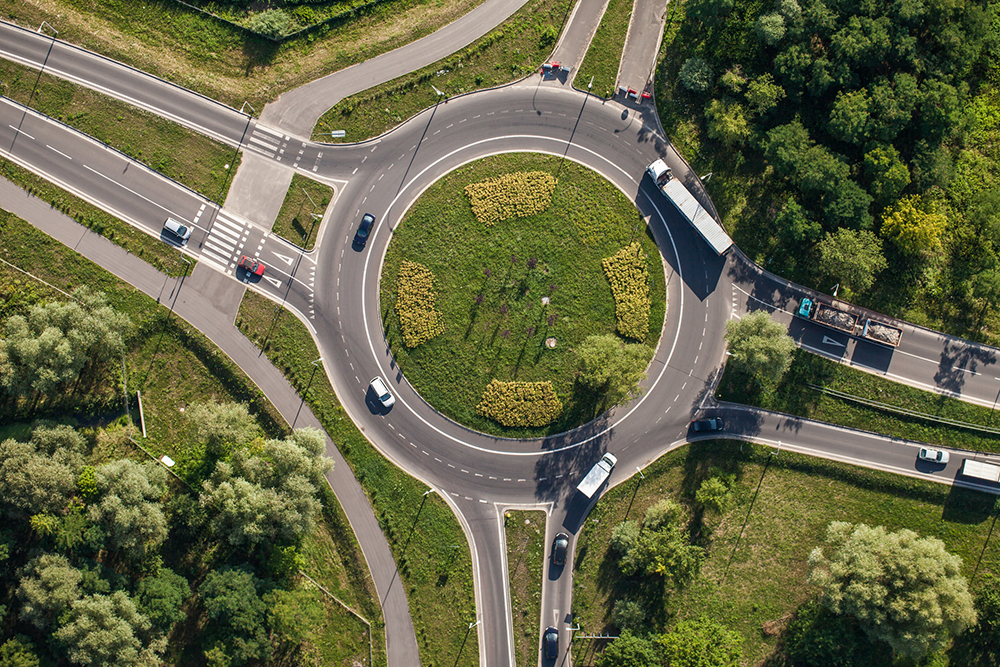
In my last article, I introduced you to the ‘paceometer’, which shows how the relationship between an extra unit of speed and the consequent saving in journey time is anything but linear. For any given distance, the time saved by increasing your speed by an additional 10mph may be immense or almost irrelevant depending on how fast you are travelling already (accelerating from 5 to 15mph cuts 80 minutes off a ten-mile journey; accelerating from 60 to 70mph over the same distance saves little over a minute).
It’s a useful insight: avoiding slowness is a far more important element of time-saving than pursuing ever higher speeds. It helps us understand, for instance, why the Rover Safety Bicycle was such a revolutionary invention, even though cycling in absolute terms isn’t all that fast. And it also explains why electric bikes are a significant innovation. The problem with conventional cycling is hills: pedalling uphill is not much faster than walking, which is why the bicycle has always been most popular in places with spectacularly boring topography such as Cambridge.
By the same logic, we should oppose the 20mph speed limit in London. At face value, it adds ten minutes to a ten-mile journey, and may increase the number of cars on the road. However, a model sent to me by Dr Samuel Bailey suggests that reducing the speed limit from 30 to 20mph in London may reduce average speed only from 7.4 to 6.8mph. This is because the principal constraint in London traffic is not the speed limit but the time spent stationary or at a crawl when navigating bottlenecks – typically traffic lights or overcrowded junctions.
We find driving on an open road at 20mph massively frustrating, while we have become inured to waiting at a red light; yet it is the latter that’s wasting our time. Which leads to an interesting question. Could you in fact increase average speeds in London by reducing the speed limit to 20mph? A lower limit may allow us to replace many traffic lights with mini roundabouts. Slower-moving traffic may also make it quicker to navigate T-junctions.
When Americans ridicule Europeans for their love of roundabouts, I always point out the incongruity: a country which prides itself on personal liberty chooses to regulate traffic through dirigiste, heavy-handed state-control – the traffic light or four-way stop – whereas Europe allows for individual judgment. When Woodrow Wilson said that ‘the highest and best form of efficiency is the spontaneous co-operation of a free people’, he was pretty much describing a roundabout.
The principal constraint in London traffic is not the speed limit but the time spent stationary or at a crawl
It is also possible that people driving at lower speeds are better placed to perform the kind of moral calculus towards other drivers – the ‘give and take’ and ‘benefit of the doubt’ – which is the hallmark of a civilised driving culture. (One of the most important spontaneous inventions of the past 20 years has been the convention of flashing your hazard lights to say thank you; unsurprisingly, perhaps, the practice seems to have originated in Japan.)
But I have one major problem with the 20mph limit: not the limit itself, but the disproportionate penalties imposed for breaking it. Sometimes in London you need briefly to break a speed limit just to change lanes safely. Sorry, but the idea that going 24mph in a 20mph-zone is an equivalent infraction to driving at 90mph on a motorway (and they are both classified as the same offence) is ridiculous, and unfair to taxi drivers and other professionals who must navigate unfamiliar streets for eight hours a day. London depends on such people. It is bad enough to fine them £100 for driving at 24mph; with three penalty points you are risking their livelihood. Halving these punishments would have much the same deterrent effect.








Comments